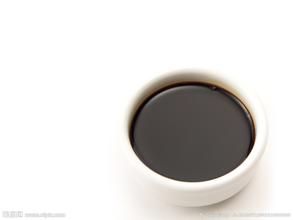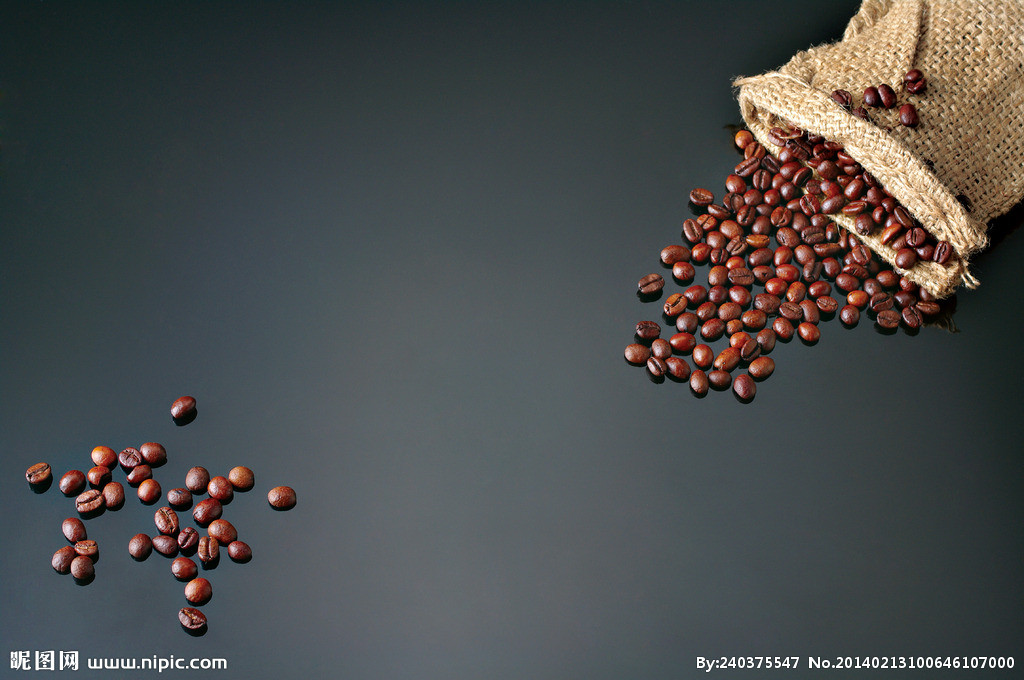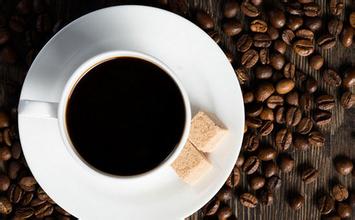Introduction to the characteristics and varieties of Nicaraguan Coffee Flavor Manor
Nicaragua lake has more than 300 islands, the smallest is only a few hundred square meters, the largest island is Ometpe Island, 26 kilometers long, 13 kilometers wide, an area of more than 300 square kilometers, the island has two volcanic cones, one of which is 1610 meters high, there are many Mayan cultural historical sites on the island.
Water birds gather on the lake, and the lake is rich in all kinds of saltwater fish, including crocodiles, sharks, sea turtles, etc. Sharks swim to the lake along the San Juan River from the Caribbean Sea, so swimming is prohibited in Nicaragua Lake.
Watching large and small groups of turtles climb the reef to bask in the sun is a scene by the lake. Nicaragua lakeshore tree-lined, many red-topped pavilions dotted with blue water, lake wind blowing, water birds flying, fish jumping out of the water from time to time, that blue sky, white clouds, water light, lake color constitute a charming scenery. At the beginning of the 21st century, the beautiful Lake Nicaragua and Masaya Volcano have become the two famous landscapes of Nicaragua.
Great Wall of Nicaragua
The Great Wall of Nicaragua is located 150 kilometers west of Managua, the capital of Nicaragua. It was originally a boundary marker between Indian tribes. It also has certain defense functions, with a total length of 40 kilometers.
Nicaragua coffee is one of the best in the world. It is mild and delicious, medium-sized and very aromatic. In many countries coffee production has been severely affected for political reasons. The coffee industry in Nicaragua is no exception. The revolution of 1979 forced coffee growers to flee to Miami. A period of uncertainty ensued as the Government considered whether to reallocate land, including many plantations, resulting in a shortage of coffee supplies and a decline in production from more than 1 million bags in the early 1970s to less than 600,000 bags in 1990. Now that the government has liberalized the coffee industry, private owners control the market. The best Nicaragua coffee is grown in the north and centre of the country, with the best coffee grown in Jinotega, Matagalpa and Nuevo Segovia. The best Nicaragua coffee falls into the category of Central Estrictamendte Altura coffee, which is very pleasant with moderate acidity and aroma. Poor quality coffee beans are widely used to blend coffee
Nicaragua coffee has a wide range of flavor attributes. Some coffees have a high body, like Mexican coffee, while others have a bright acidity, like African coffee. Nicaragua coffee plant used coffee varieties are mostly traditional iron pica, there are also a few bourbon and cadura varieties planted.
Overall, Nicaragua coffee is characterized by peace but without losing flavor. Full city and Viennese are both good choices when roasting Nicaragua coffee. A medium depth of roasting gives Nicaraguan coffee a mellow bitterness and an excellent balance. Nicaragua has a deep, chocolate, caramel sweetness, a pronounced almond flavor, and a bright acidity, which is different from the bright acidity that is typical of Central America. Nicaragua coffee planting ecology has a unique environment, fertile volcanic soil, plus shade planting methods, established a good growth physique, so that Nicaragua beans not only have rich alcohol and fragrance taste, in the eyes of international coffee experts as top grade, gradually received attention from the boutique community Madriz high mountain beans are ecological coffee with extremely hard shell, in a pure natural planting environment, using more complex operations, To maintain the delicate aroma and taste of coffee; produced in northern Nicaragua between Matagalpa and Jinotega, the average annual rainfall of 1500-1700mm, the temperature between 20-29 degrees Celsius planted out of high quality mountain beans. All of them adopt the method of manual selection of coffee, and the labor and time cost alone exceed that of ordinary beans.

Important Notice :
前街咖啡 FrontStreet Coffee has moved to new addredd:
FrontStreet Coffee Address: 315,Donghua East Road,GuangZhou
Tel:020 38364473
- Prev

Fragrant and flavored Larez Yaoke Coffee Variety characteristics introduction to Fine Coffee beans in Manor
Puerto Rico was originally inhabited by the Indian Taino tribe. Christopher Columbus sailed here in November 1493 and named it San Juan in honor of John the Baptist the Baptist. In 1508 the Spaniard J. Ponce de Leon established a colonial stronghold on the island and was appointed governor the following year. It was colonized by Spain in 1509. The original on the island.
- Next

Distinctive personality sun Yega Shifeiwaka variety manor taste characteristics introduction to the flavor of fine coffee beans
The bean comes from a single farm, Ethiopia, and is processed by the Waka Cooperative (Worka cooperative). Alemayehu Alako Farm is a member of the Waka Cooperative. The Waka Cooperative, located in the south of Gedeb District, was founded in 2005 and joined the famous Yejia Sheffield Coffee Farmers Cooperative Union (YCFCU,Yirgacheffe Coffee Farmers Cooperati).
Related
- Detailed explanation of Jadeite planting Land in Panamanian Jadeite Manor introduction to the grading system of Jadeite competitive bidding, Red bid, Green bid and Rose Summer
- Story of Coffee planting in Brenka region of Costa Rica Stonehenge Manor anaerobic heavy honey treatment of flavor mouth
- What's on the barrel of Blue Mountain Coffee beans?
- Can American coffee also pull flowers? How to use hot American style to pull out a good-looking pattern?
- Can you make a cold extract with coffee beans? What is the right proportion for cold-extracted coffee formula?
- Indonesian PWN Gold Mandrine Coffee Origin Features Flavor How to Chong? Mandolin coffee is American.
- A brief introduction to the flavor characteristics of Brazilian yellow bourbon coffee beans
- What is the effect of different water quality on the flavor of cold-extracted coffee? What kind of water is best for brewing coffee?
- Why do you think of Rose Summer whenever you mention Panamanian coffee?
- Introduction to the characteristics of authentic blue mountain coffee bean producing areas? What is the CIB Coffee Authority in Jamaica?

